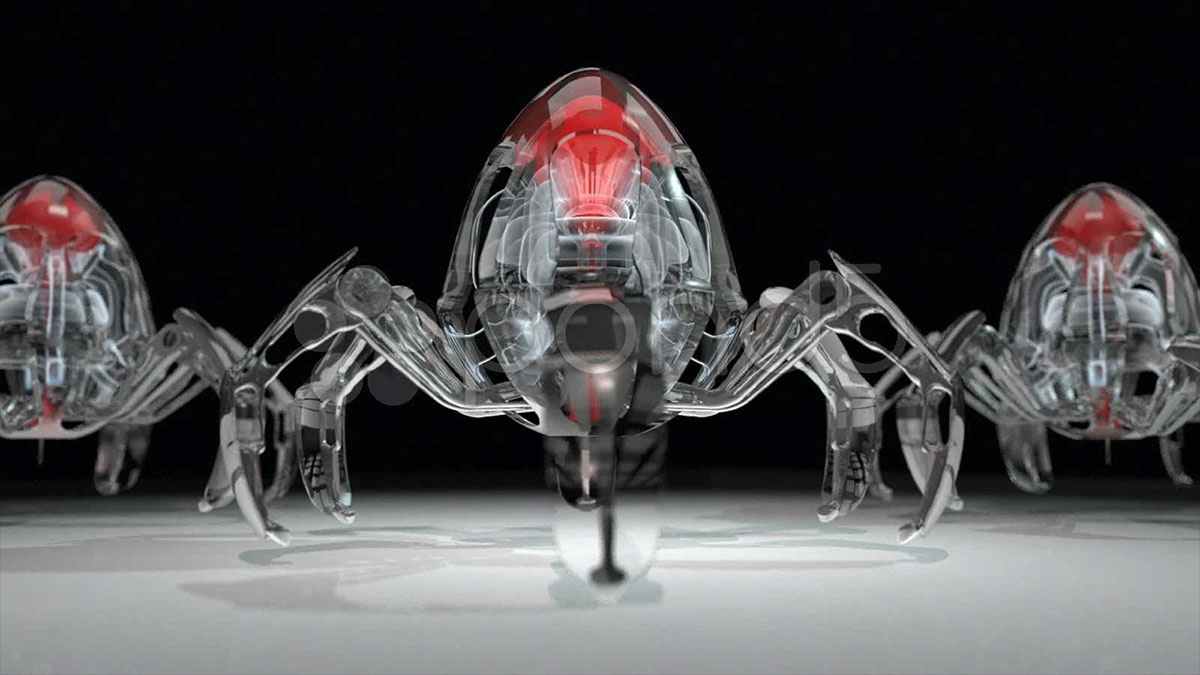thinking about the promise of nano-medicine

Nanotechnology is a very popular topic for sci-fi writers, transhumanists, and forward-looking engineers with good reason. Being able to manipulate matter on a microscopic scale can be used for huge leaps forward in medicine and manufacturing, and there’s already been a promising experiment trying to treat cancer using microscopic bits of matter shaped to enter cells like viruses and silence the expression of a target gene. But could they also be used to turn people into cyborgs without the complex and invasive surgeries required today? Maybe instead of going under the knife for a hip replacement, you could just get an IV of nano-particles that would dissolve and replace old bone with a new, sturdy structure, while lowering the odds of an infection or human error. And maybe, delicate surgeries which we simply can’t do today would become pretty routine in the near future. But of course, there are some potential side-effects to consider and major hurdles to clear.
As mentioned on Skeptically Speaking and in an earlier post, some ideas about nanotechnology are much more hype than fiction, especially the concept of an army of nanobots patrolling your bloodstream, looking for viruses and pre-malignant cancerous tumors to destroy, or just signs of wear and tear to patch up. The issue here is twofold. Building computers on a nano-scale isn’t a trivial task and it’s going to be very expensive as a result. To build the tens, if not the hundreds of billions of nanobots required for the task could cost billions of dollars. Trying them out on thousands of people in a clinical study could require trillions, even if the nanobots themselves are just taking orders from an external supercomputer and do a minimum of processing on their own. Oh and by the way, to coordinate all those nanobots would basically require a supercomputer for each patient. Even if some tycoon with a few trillion in the bank does manage to fund the research into a squad of tiny robot doctors coordinated by a supercomputer, he’d quickly find that the technology they’d require doesn’t yet exist and must be build nearly from scratch, using new materials and new kinds of transistors.
But while the top-down approach to nano-medicine might be fraught with unknowns and require a downright unrealistic budget, there’s a very different way to look at nanotechnology which can yield major benefits very soon. When the molecules and cells in your body form structures, they’re following a bottom-up pattern that’s been refined over billions of years by natural selection to produce something functional. We could mimic this approach with the kind of nano-particles mentioned above. By mimicking biology, we could run our nanobots through simulated evolutionary scenarios to find the right shapes and sizes for them to combine into bones, ligaments, and perform some very basic but important functions. If natural processes can bind into complex tissues and organs, why do we need supercomputing and squads or robots marching through our veins? A very simple design could probably do the job just as well and at a very realistic price.





